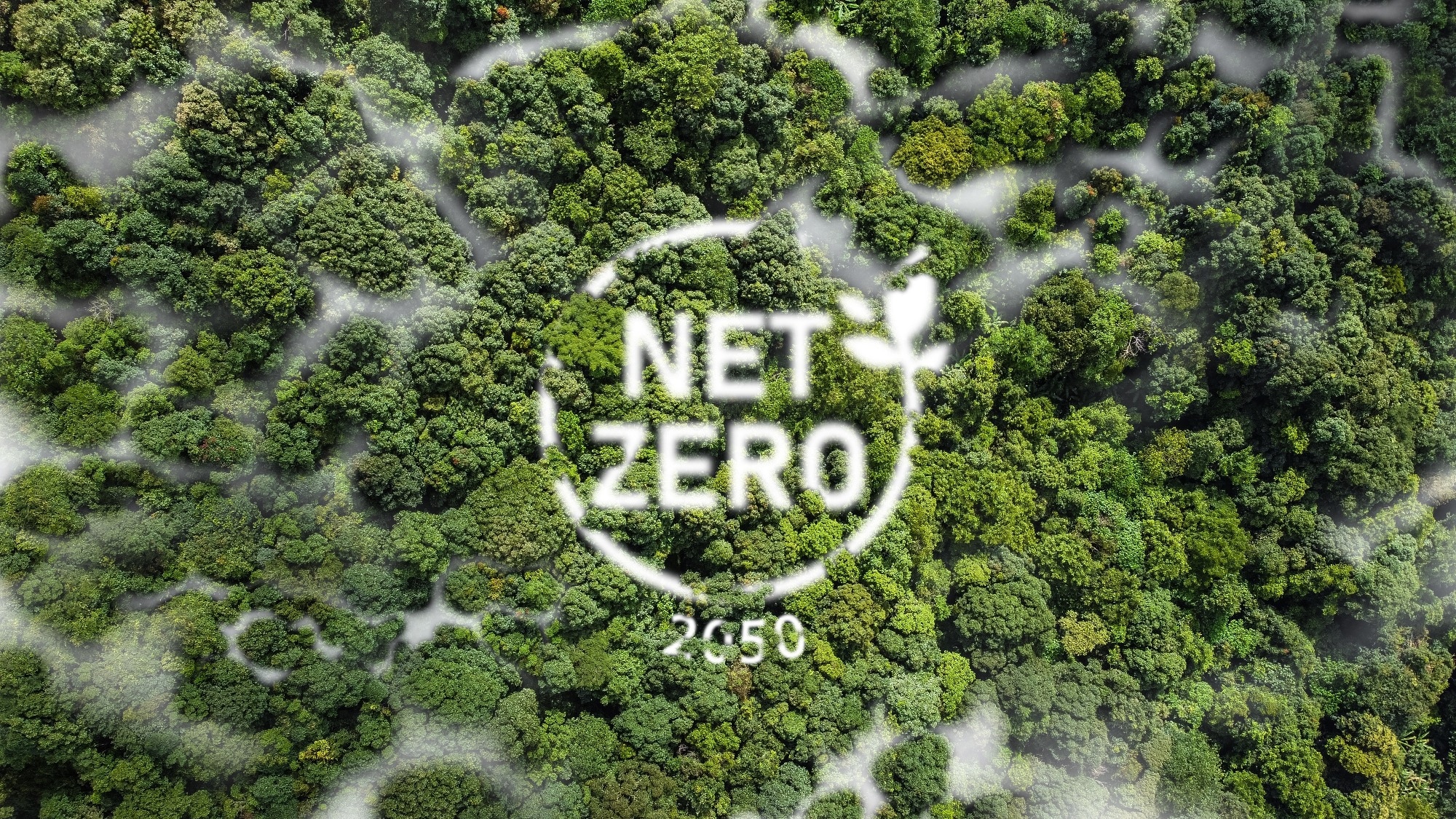By turning old cement into a key ingredient for new production, University of British Columbia (UBC) researchers have unveiled an electrochemical system that could redefine the future of sustainable construction and drive the cement industry toward true zero emissions.

Study: Low-emission cement clinker precursor production, enabled by electrolytic extraction of calcium from waste cement. Image Credit: dee karen/Shutterstock.com
Researchers at UBC have created a new electrochemical system that recycles waste cement into low-emission clinker precursors. Dubbed the “cement recycler,” the process extracts calcium directly from old cement, eliminating the need for limestone (CaCO3) and fossil-fueled kilns. This potentially scalable approach could play a pivotal role in decarbonizing one of the world’s most carbon-intensive industries.
Rethinking Cement Manufacturing
Cement manufacturing accounts for roughly 8 % of global CO2 emissions, largely due to the calcination of limestone and the extreme heat required to form clinker. Traditional processes involve heating CaCO3 above 900 °C to produce lime (CaO), then combining it with silica (SiO2) at over 1450 °C to create clinker. These steps release large amounts of CO2 and demand immense energy.
UBC’s team reimagined this process by sourcing calcium from waste cement instead of limestone. Cementitious waste from unused material or demolition debris offers an untapped supply of calcium silicate hydrates that can be decomposed without emitting CO2. Globally, an estimated 120–200 million tons of fresh cement and up to 10 gigatons of concrete waste are generated each year, providing a rich feedstock for recycling.
Inside the Cement Recycler
The study, published in Nature Communications, reports that the cement recycler can reduce CO2 emissions by up to 99.8 % when using fresh waste cement and around 80 % when processing aged material. If adopted at scale, the researchers estimate this could cut global emissions by 0.3–0.9 gigatons of CO2 annually.
The “cement recycler” integrates a cement electrolyzer, a calcium extraction vessel, and a lime extractor. It uses electrolysis to generate acid and base from water, breaking down waste cement into calcium hydroxide (Ca(OH)2) and SiO2 - both vital ingredients for clinker production. The setup features nickel foam electrodes, a bipolar membrane, and a cation exchange membrane.
A 3 M potassium hydroxide (KOH) solution circulates through the system in a closed loop. The bipolar membrane splits water into hydrogen ions (H+) and hydroxide ions (OH-). Hydrogen ions dissolve calcium from crushed waste cement (1–5 mm), forming calcium ions (Ca²?) that migrate to the cathode, where they combine with hydroxide to form Ca(OH)2.
Before operation, the electrolyte is preconditioned with 0.2 M CaCl2 to maintain stable calcium levels and steady precipitation.
Performance and Emission Results
The researchers tested both fresh and aged waste cement samples. Fresh samples, made from White Portland Cement, St. Marys Portland Cement, and Rapid Set CEMENT ALL, were hydrated and cured for 28 days. Aged samples, collected from demolition sites, contained higher CaCO3 due to atmospheric carbonation.
Under a current density of 200 mA cm-2, the system produced Ca(OH)2 yields of 66–80 % from fresh cement and about 55 % from aged cement. The resulting Ca(OH)2 reached 79–92 % purity, exceeding the EN 197-1 standard of 75 % for clinker feedstock.
Gas chromatography revealed near-zero CO2 emissions (<280 ppm) for fresh waste cement and significantly reduced emissions (1500–4200 ppm) for aged material compared with natural CaCO3.
The system remained stable during over 100 hours of continuous operation, supported by hydrophobic PTFE and polyaniline coatings that prevented voltage creep and scaling. Energy efficiency ranged from 22–40 %, depending on the current density.
Beyond its low emissions, the cement recycler advances circularity in construction materials. By reusing cement waste, it reduces landfill loads and the industry’s dependence on virgin limestone and fossil fuels. The hydrogen and oxygen produced during electrolysis could potentially power kilns, while the recovered SiO2 byproduct can be reintegrated into new concrete, closing the material loop.
What’s Next for Industrial Adoption
The study demonstrates the feasibility of electrochemically recycling cement waste into high-purity clinker precursors, marking a major step toward carbon-neutral cement manufacturing. However, further optimization of reactor design, flow dynamics, and large-scale anti-scaling systems will be needed before commercial deployment.
By transforming cement waste into a resource and replacing carbon-heavy inputs, UBC’s cement recycler offers a realistic pathway to cleaner construction and a model for how circular chemistry could reshape heavy industry.
Journal Reference
Ji, T.,. & et al. (2025). Low-emission cement clinker precursor production, enabled by electrolytic extraction of calcium from waste cement. Nat Commun 16, 9302. DOI: 10.1038/s41467-025-64339-5, https://www.nature.com/articles/s41467-025-64339-5
Disclaimer: The views expressed here are those of the author expressed in their private capacity and do not necessarily represent the views of AZoM.com Limited T/A AZoNetwork the owner and operator of this website. This disclaimer forms part of the Terms and conditions of use of this website.